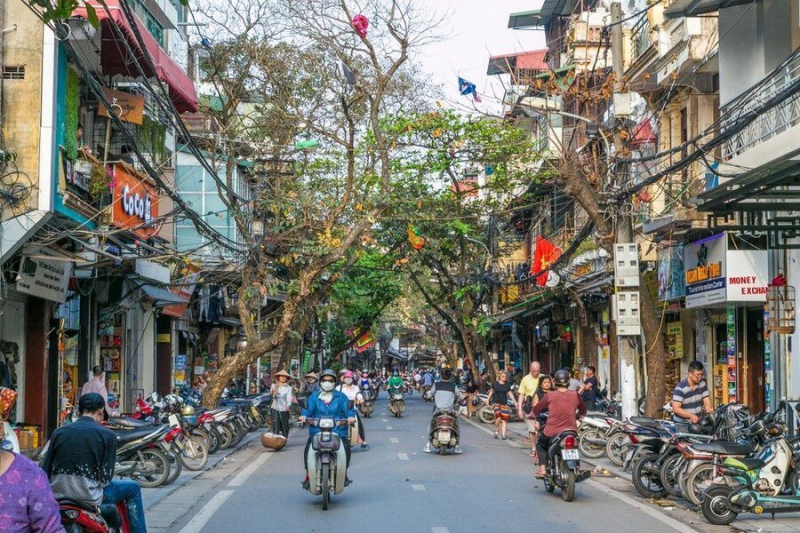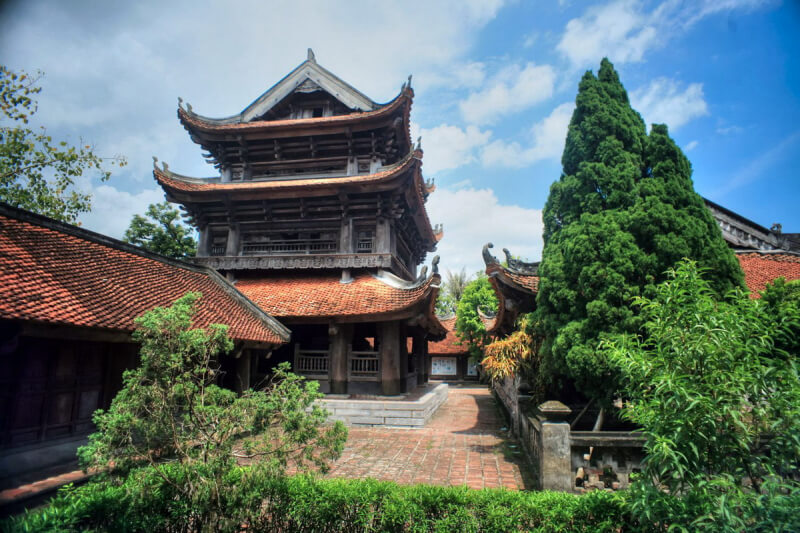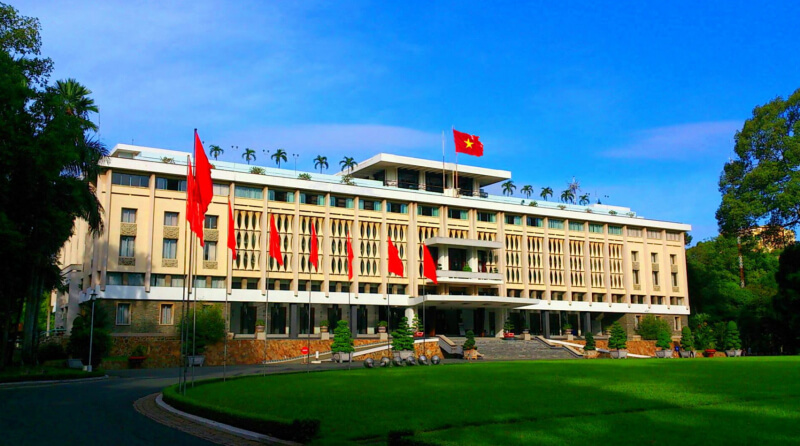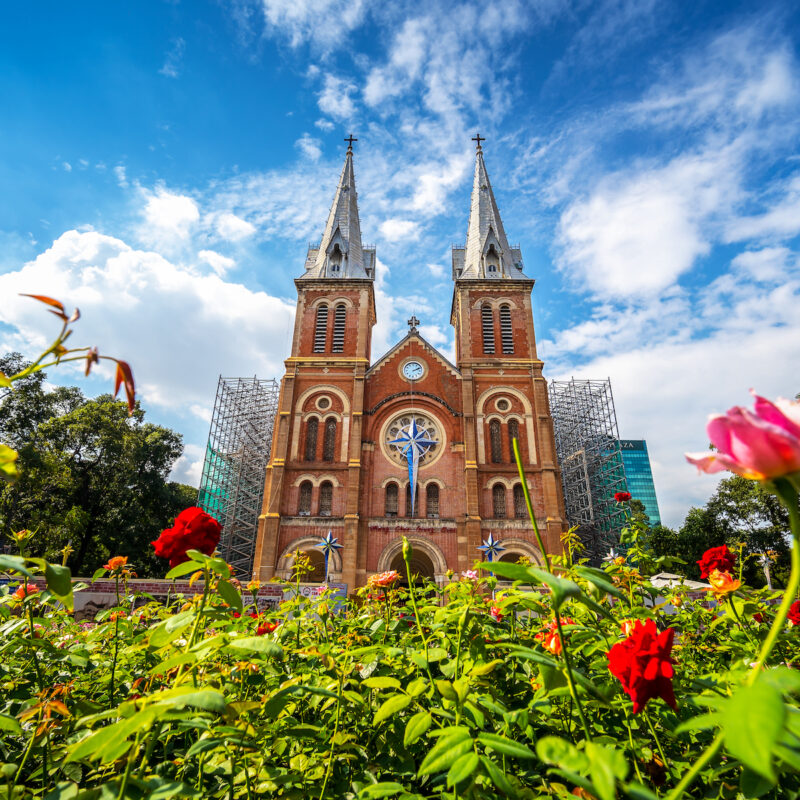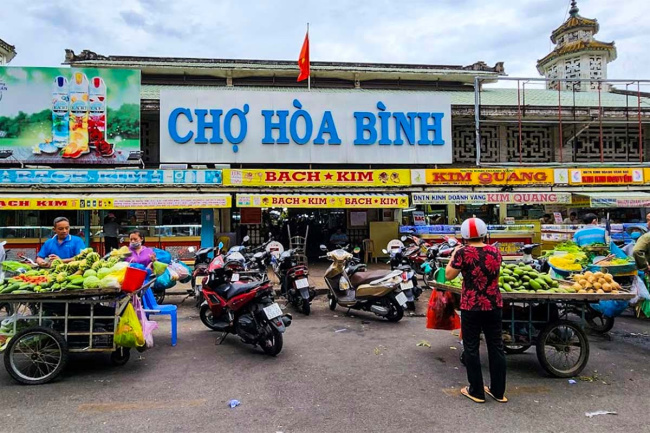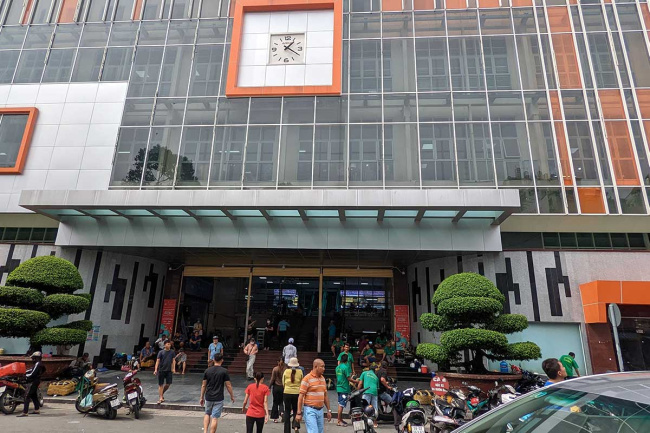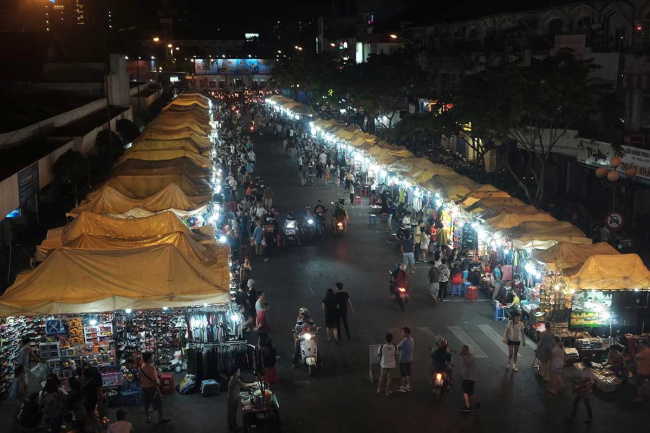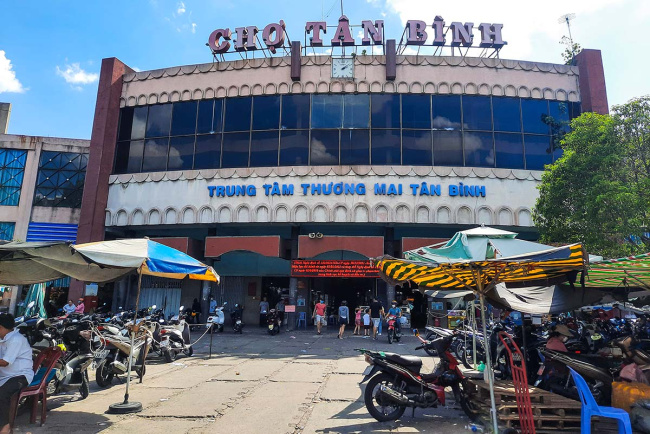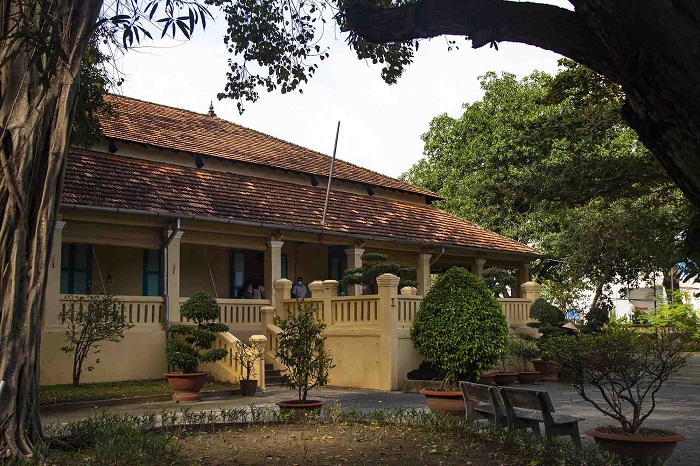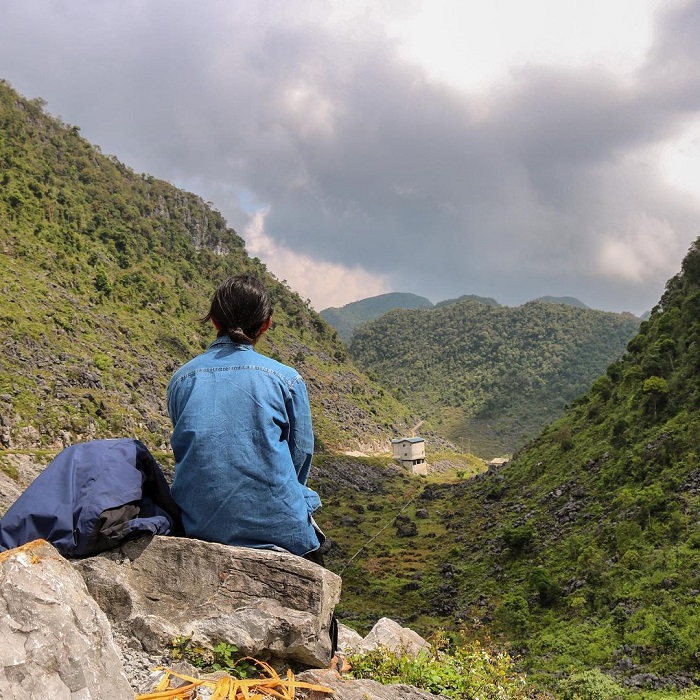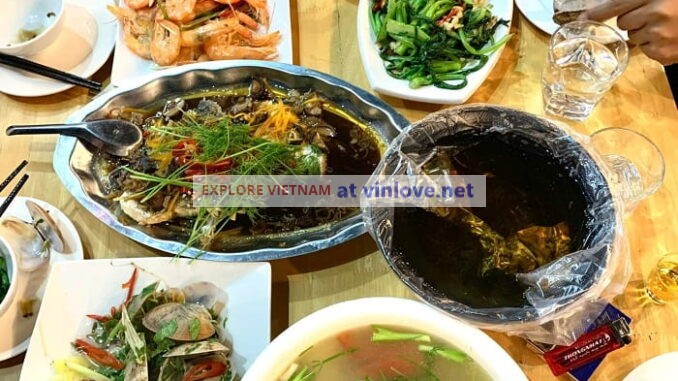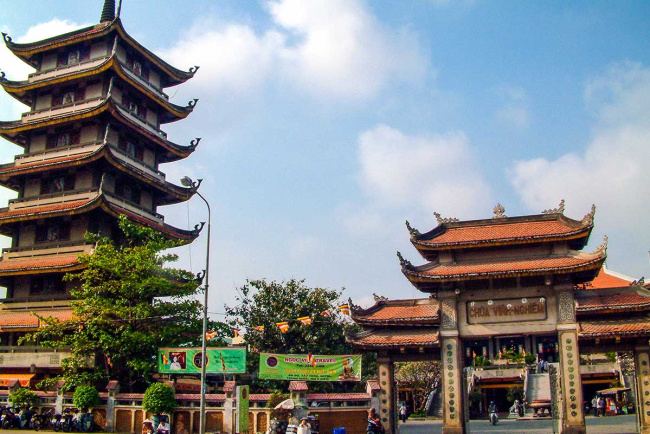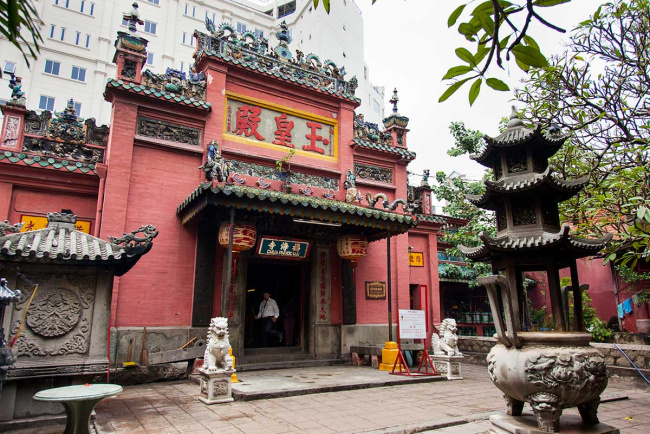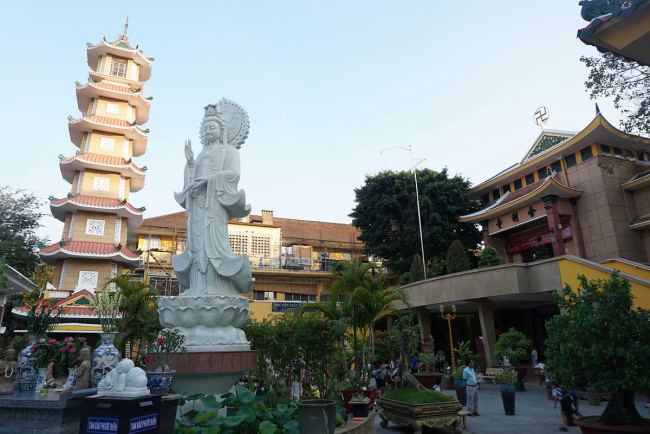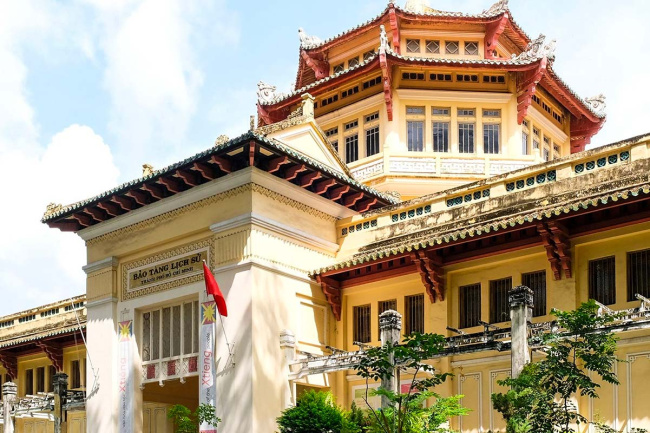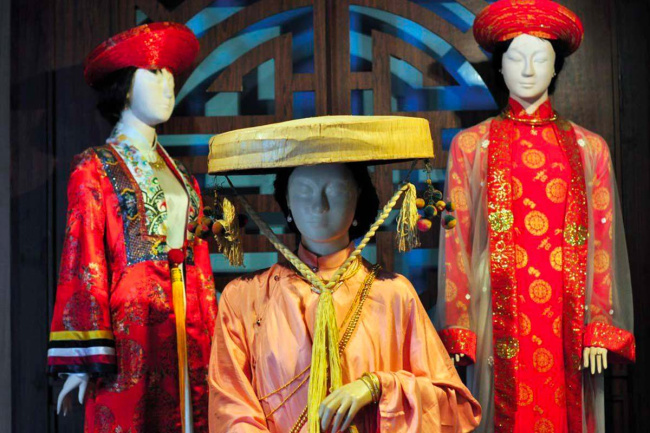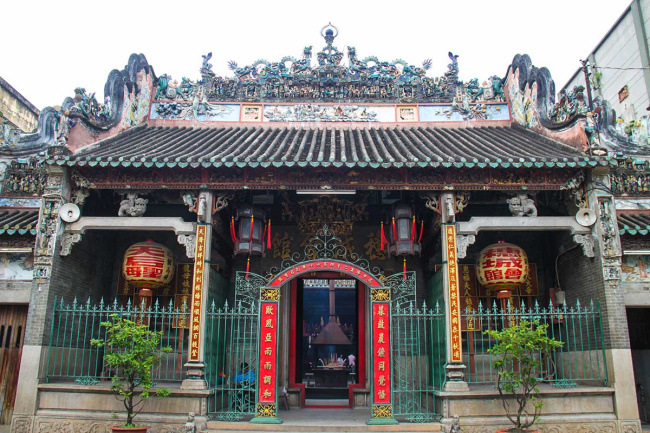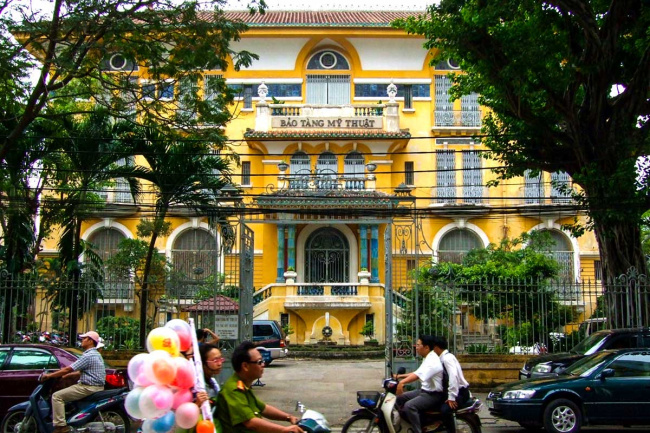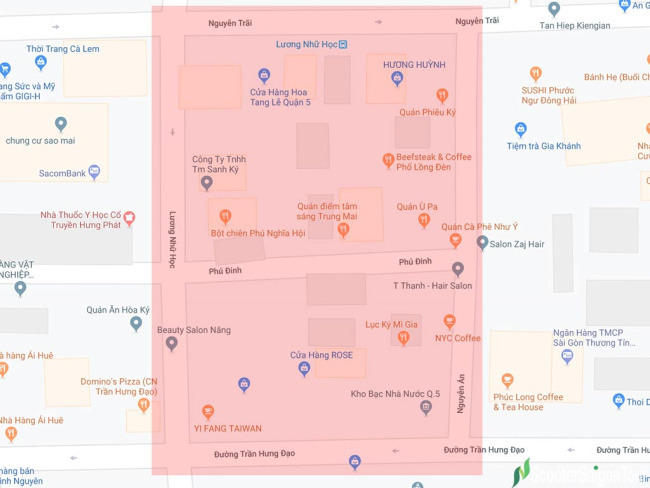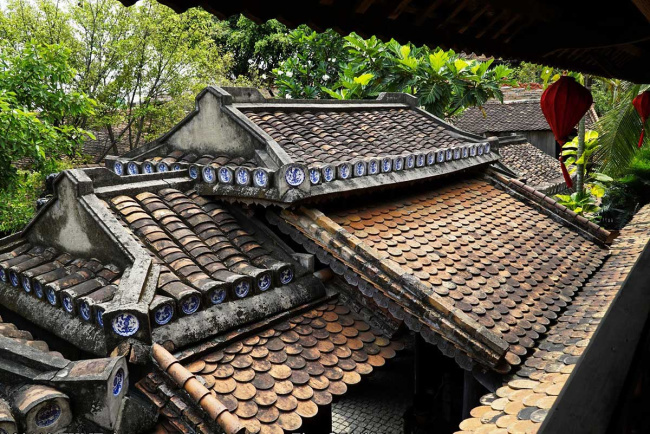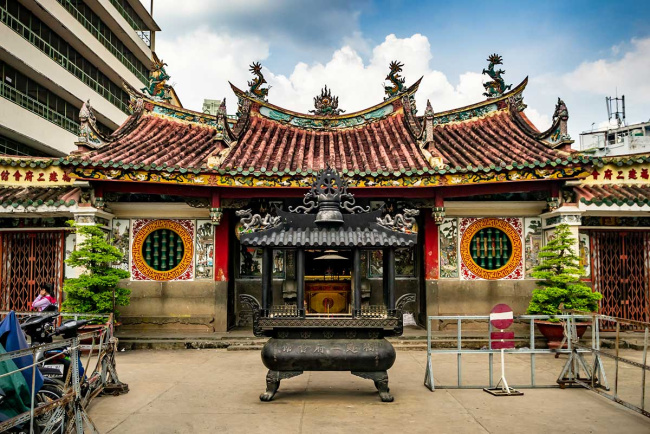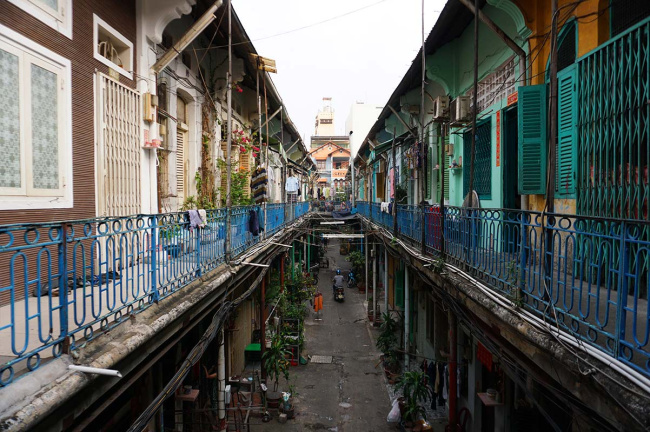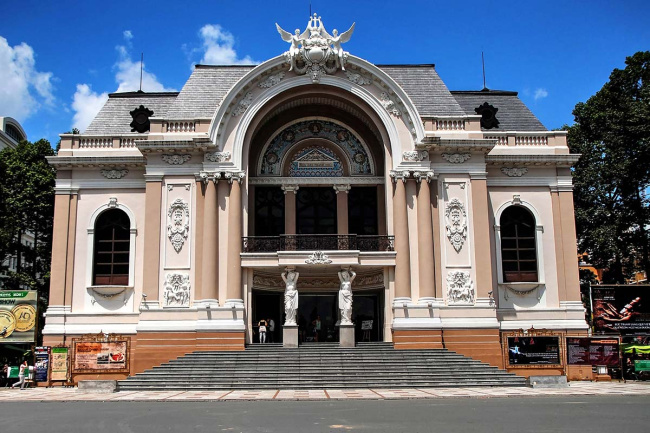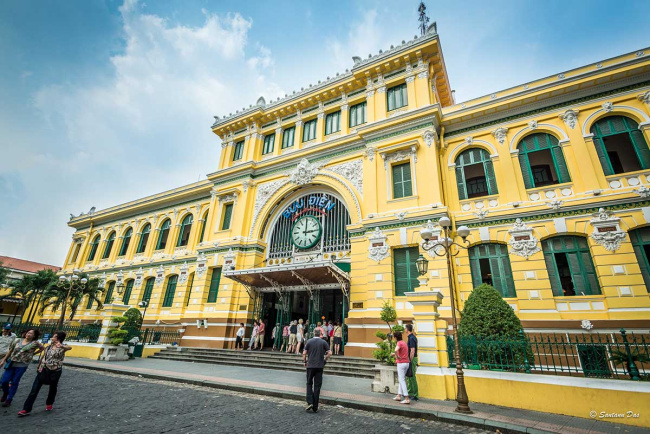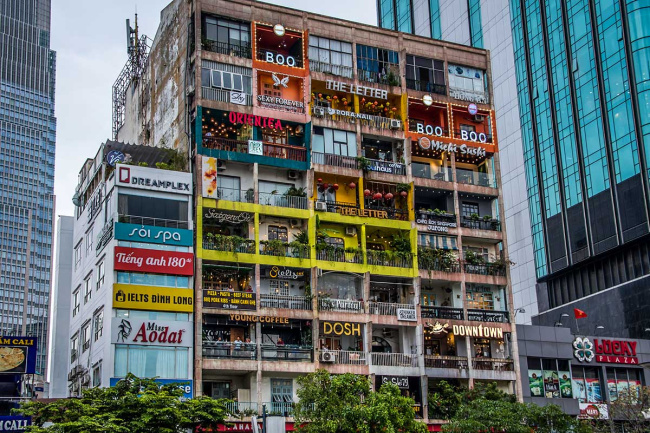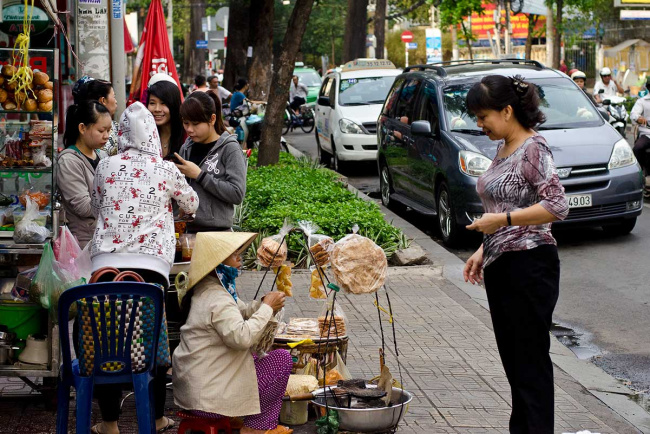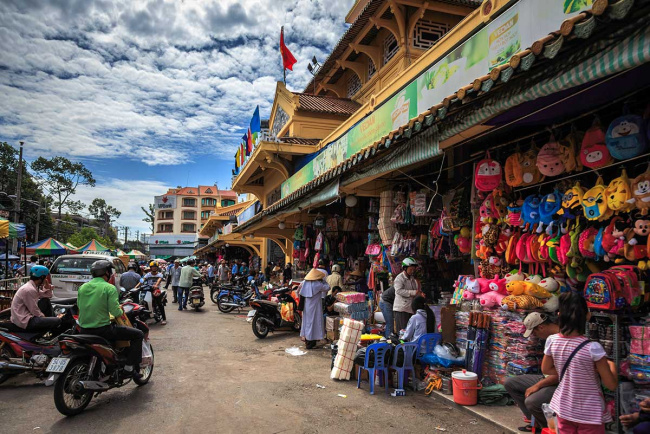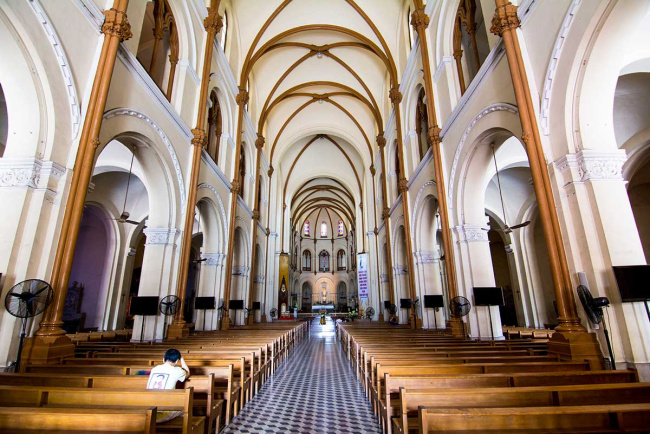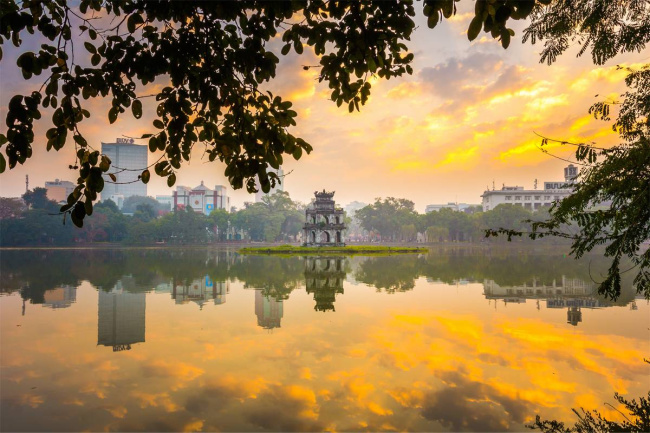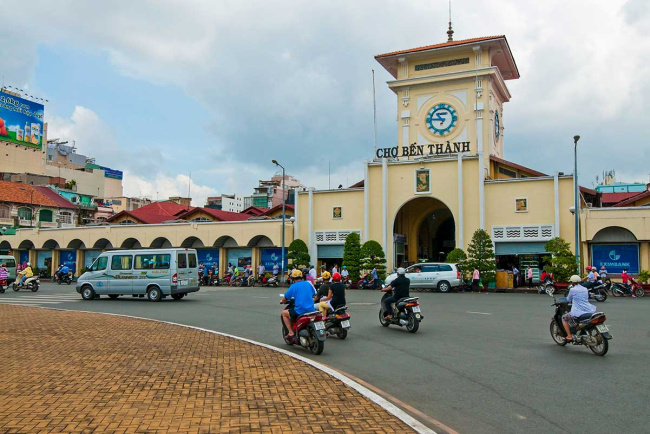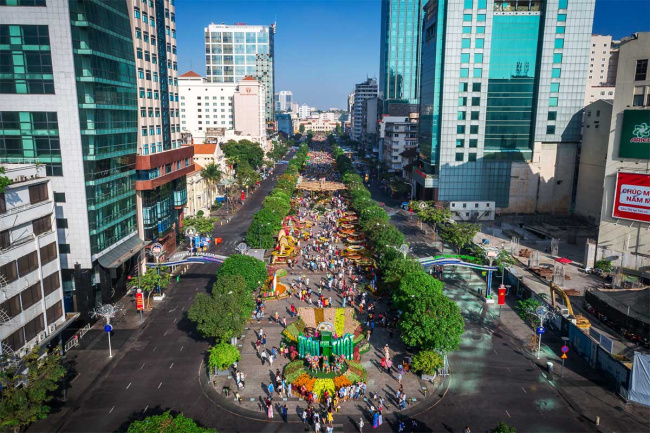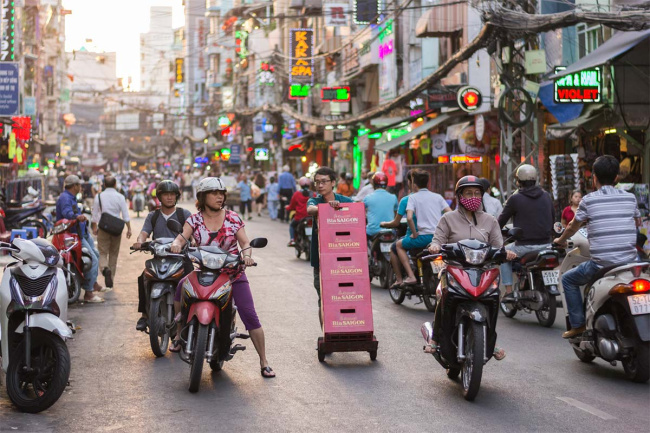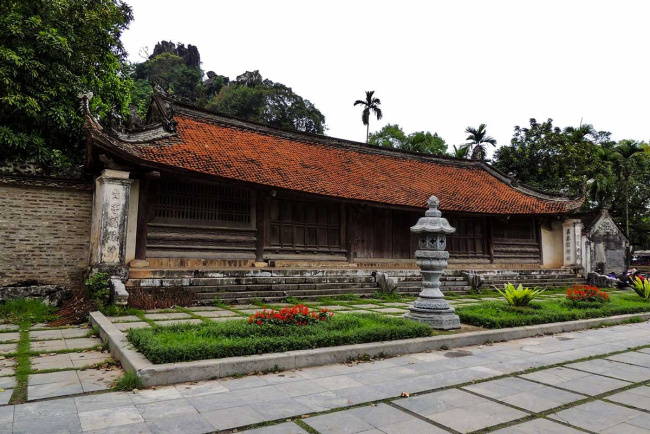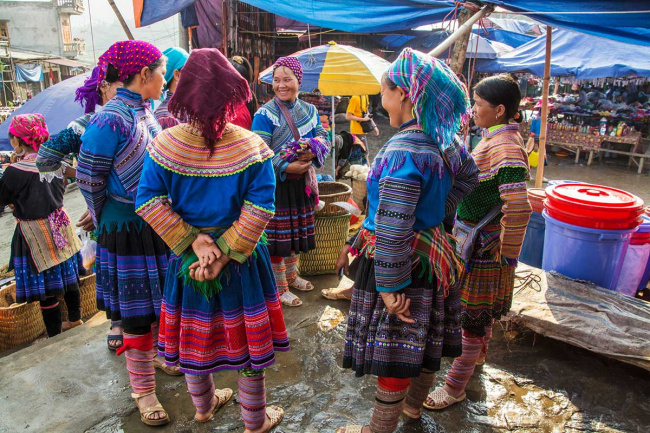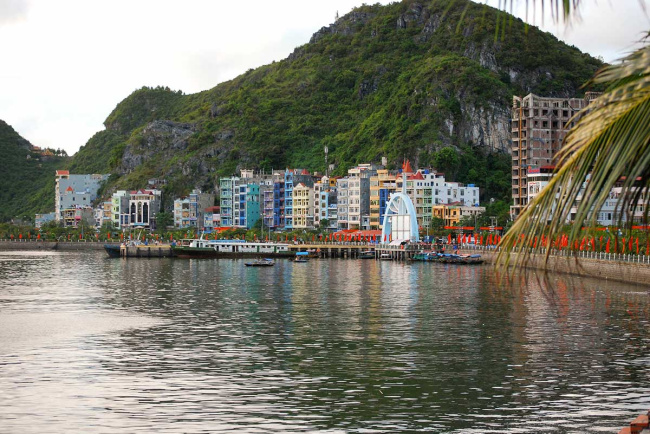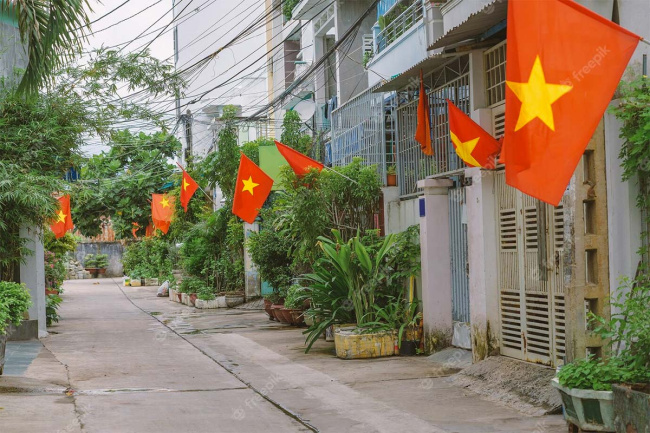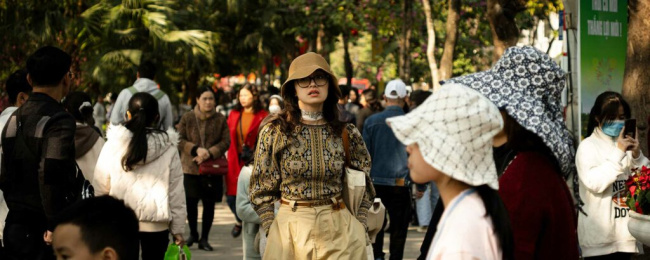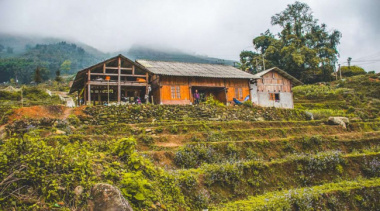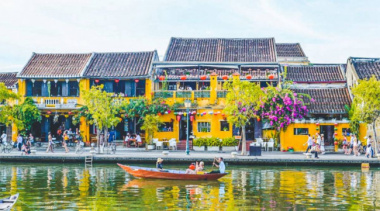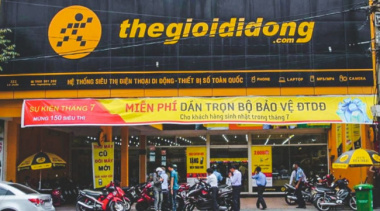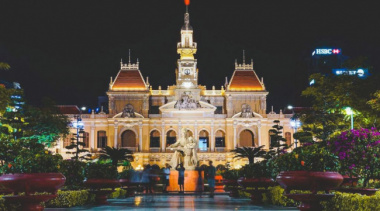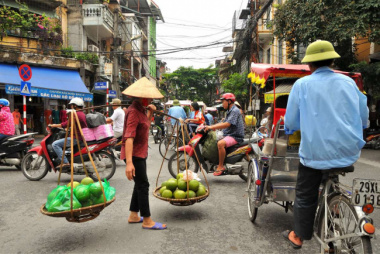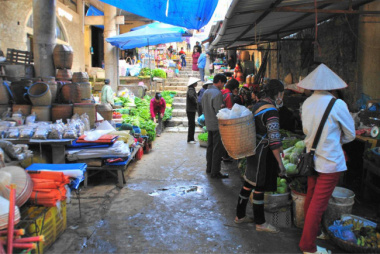Quan Am Pagoda
Quan Am Pagoda in Ho Chi Minh City, established in 1740, was originally known as the On Lang Assembly Hall and served as a gathering place for Chinese immigrants to fulfill their spiritual and cultural needs. Over time, it became a significant place of worship, dedicated to the Quan Am deity.
History
Quan Am Pagoda, originally known as the On Lang Assembly Hall, holds a rich history that dates back to 1740 when it was established by Chinese immigrants in Ho Chi Minh City, Vietnam. Initially, it served as a meeting place for the Chinese community to discuss public affairs, provide mutual assistance, and meet their spiritual and cultural needs. Later, the pagoda began to focus on the worship of Quan Am, the goddess of mercy, and it acquired its present name.
Throughout its history, Quan Am Pagoda has undergone several renovations and restorations, including in 1828, 1867-1869, 1897, 1993, and 1995. These efforts have helped preserve the pagoda’s architectural and cultural heritage. Notably, on December 30, 2002, Quan Am Pagoda was recognized as a National Architectural Site, cementing its significance in Vietnamese history and culture.
The pagoda has witnessed the passage of time and the changing dynamics of the Chinese community in Vietnam. It stands as a testament to the enduring cultural and religious traditions that have shaped the lives of the people who have sought solace and spiritual guidance within its sacred halls.
Highlights of Quan Am Pagoda
Quan Am Pagoda showcases a blend of architectural beauty and cultural significance. Its highlights can be observed from both the exterior and interior, including its distinct roof.
From the outside, Quan Am Pagoda captivates you with its vibrant colors and intricate details. The pagoda is designed in the shape of a traditional Chinese dragon boat, showcasing the influence of Fujian architecture. The roof, with its curved eaves, is adorned with broken ceramic pieces, adding a unique visual appeal. The tiled roof features statues of deities or generals mounted on top, further enhancing its grandeur.
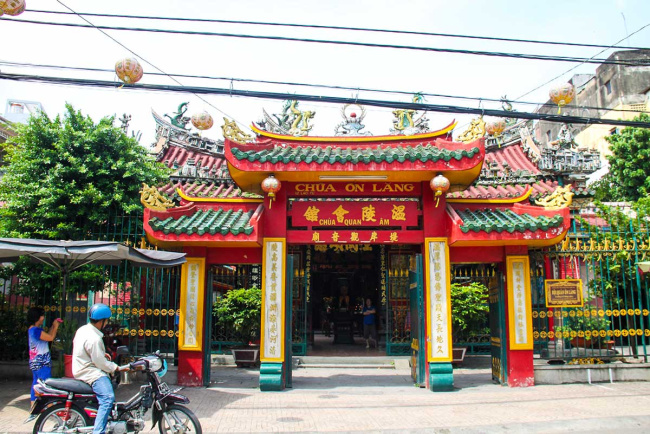
Stepping inside the pagoda, you are greeted by a harmonious blend of sculptures, decorations, and paintings. The assembly hall houses numerous altars and statues, intricately crafted to portray the personalities and charisma of the saints. The interior is adorned with beautiful ornaments, such as carved wood lotus flowers and red lacquered golden gilt flower pots. Lanterns of various shapes hang throughout the pagoda, adding a warm and enchanting ambiance.
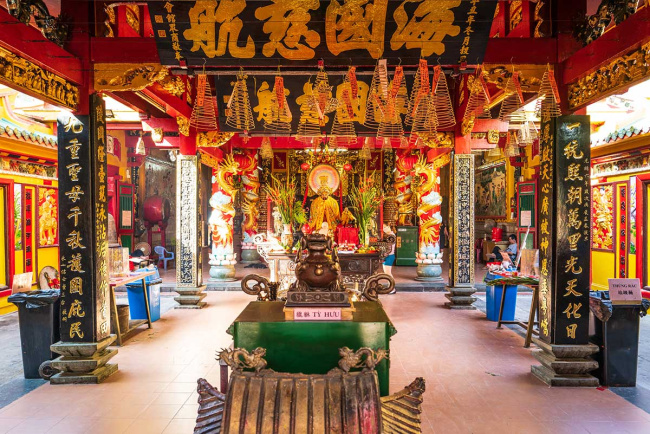
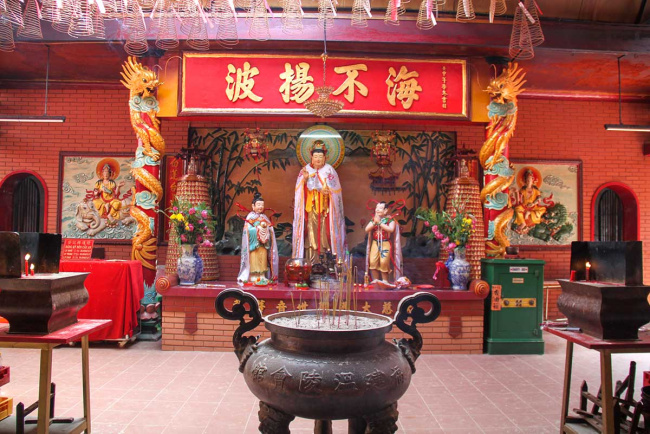
One of the notable highlights is the pagoda’s roof, which exemplifies the distinct Fujian architectural style. The wooden frame supports a tiled roof, and on top of it stands a statue of a deity or general wielding a blade and riding a dragon-like creature. The curved eaves of the roof are adorned with broken ceramic pieces, showcasing exquisite craftsmanship. This unique roof design is a visual delight that sets Quan Am Pagoda apart.
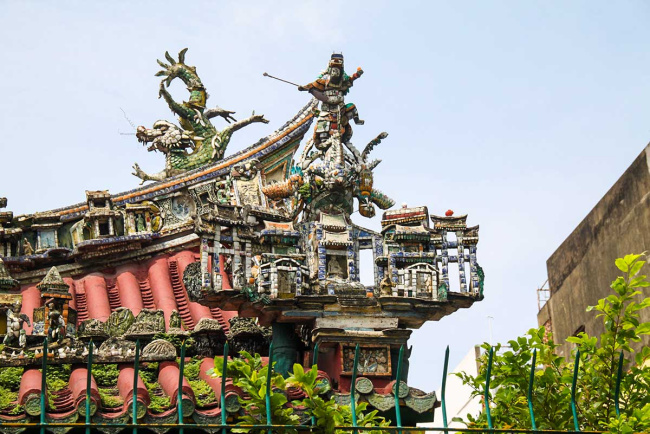
Visiting tips
- Opening Times: Quan Am Pagoda is typically open from 8:00 AM to 5:00 PM.
- Address: Quan Am Pagoda is located at 264 Đ. Hải Thượng Lãn Ông, Phường 14, Quận 5, Thành phố Hồ Chí Minh.
- Entrance Fee: There is usually no entrance fee to visit Quan Am Pagoda.
Dress Code: When visiting temples, it is recommended to dress modestly and respectfully, covering your shoulders and knees as a sign of cultural respect.
Location: Quan Am Pagoda is situated in Chinatown, a vibrant and culturally rich neighborhood in Ho Chi Minh City. It offers a great opportunity to immerse yourself in the local area where fewer tourists tend to visit.
Getting There from District 1: To reach Quan Am Pagoda from District 1, you can take a taxi, which would cost around 60,000-100,000 VND (depending on traffic conditions). The distance between District 1 and Quan Am Pagoda is approximately 6 kilometers, and the journey takes about 20 minutes.
Explore Chinatown: Visiting Quan Am Pagoda in Chinatown provides an excellent chance to further explore this bustling district. Don’t miss the opportunity to discover other attractions nearby, such as Binh Tay Market, Cha Tam Church, and Thien Hau Temple, where you can experience the vibrant cultural heritage and local traditions of the Chinese community in Ho Chi Minh City.
Đăng bởi: Văn Cảnh Lương


